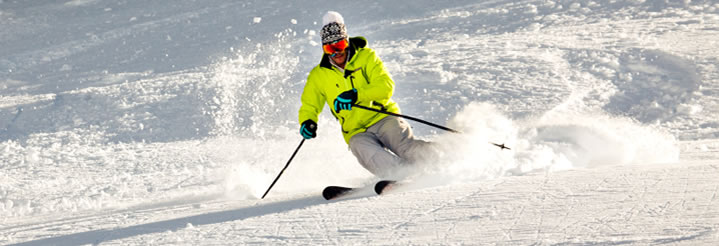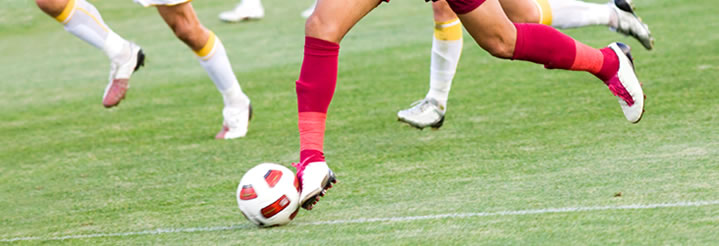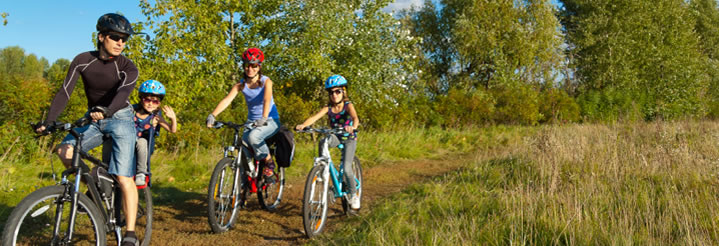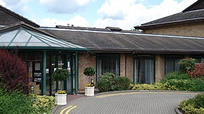Meniscal Surgery
What is it?
The meniscus is a fibro-cartlage structure within the knee joint that is usually known as "the cartilage".
There are two cartilages in the knee - one on each side - known as the medial (inside) and lateral (outside) meniscus.
The menisci are designed to increase the area of contact between the end of the femur (thigh bone) and tibia (shin bone) and distribute load across the knee joint more evenly. They also help lubricate the joint and act as shock absorbers.
How does it tear?
A tear of the meniscus is defined as a breach of it's surface and can be of various types and occur in various ways.
In younger patients a specific incident involving twisting the knee under load can usually be identified.
The menisci become less resilient as we age and can be more easily injured during routine acitivity with no definite injury to the knee identified.
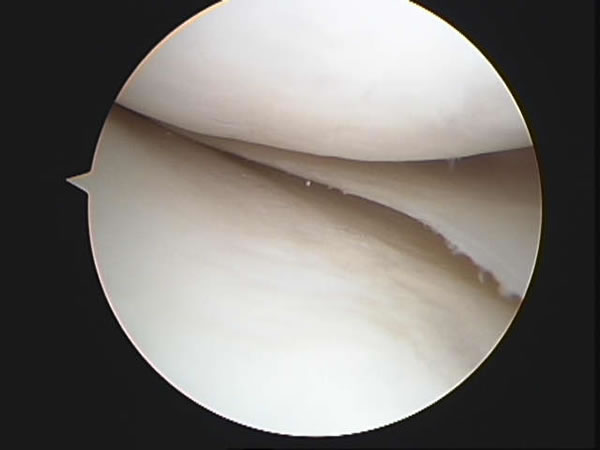 Normal meniscus
Normal meniscus
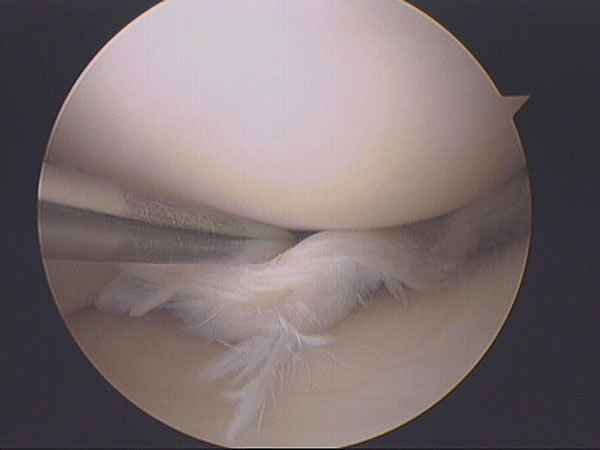 Torn meniscus
Torn meniscus
What are the symptoms?
A torn meniscus may lead to pain, swelling, stiffness and a feeling of the knee "catching". Sometimes there may be an inability to fully straighten the knee.
How is it treated?
Sometimes the symptoms of a meniscal tear will settle with time and no treatment is required.
If the tear remains symptomatic then treatment is by knee arthroscopy (keyhole surgery).
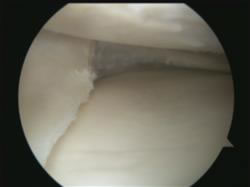 Trimmed meniscus
Trimmed meniscus
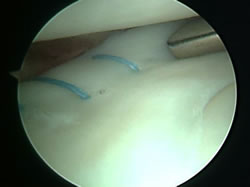 Repaired meniscus
Repaired meniscus
The actual surgery will depend upon the type of tear - most are trimmed taking the minimum tissue to achieve a stable meniscus, but some tears can be repaired using specialized sutures (FastFix 360 sutures from Smith & Nephew).
If you have a meniscal repair performed you will have to wear a special knee brace for six weeks.
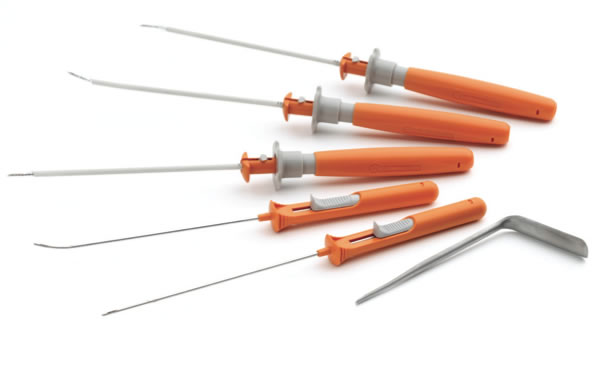 FastFix 360 sutures
FastFix 360 sutures


